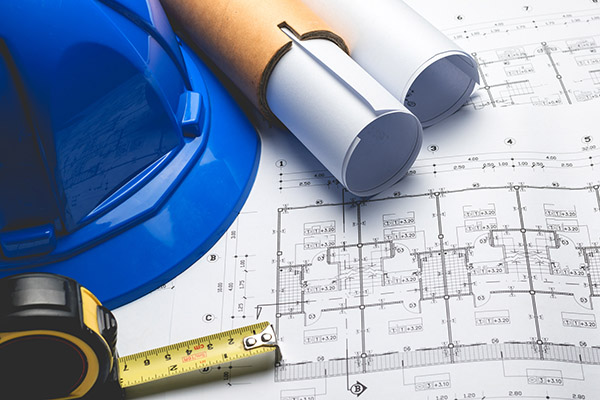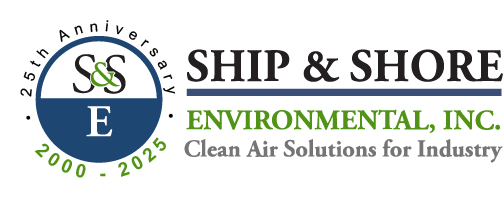Air Pollution
Introduction
Air pollution is a pressing issue in many urban areas around the world, and one of the primary contributors to this problem is vehicle exhaust. As the number of vehicles on our roads continues to increase, so does the emission of harmful pollutants into the atmosphere. In 2019, 99% of the world’s population was living in places where the WHO air quality guidelines levels were not met. In this article, we will explore the role of vehicle exhaust in urban air pollution and discuss potential solutions to mitigate this problem.
The Impact of Vehicle Exhaust
Cars, trucks, and buses powered by fossil fuels are major contributors to air pollution. In fact, transportation emits more than half of nitrogen oxides in our air, and is a major source of global warming emissions in the world. Studies prove that pollutants from vehicle exhaust to adverse impacts on nearly every organ system in the body.
Moreover, particulate matter (PM) emitted from vehicle exhaust, especially the ultrafine particles, can deeply penetrate the respiratory system, causing respiratory illnesses and even premature death. In addition, nitrogen oxides and volatile organic compounds can undergo reactions in the presence of sunlight, resulting in the formation of harmful secondary pollutants like smog and fine particulate matter. The combined effects of ambient air pollution and household air pollution are associated with 6.7 million premature deaths annually.
Solution to Reducing Air Pollution
Addressing air pollution, which is the second highest risk factor for noncommunicable diseases, is key to protecting public health. Problem of vehicle exhaust pollution requires a multi-faceted approach involving individuals, policymakers, and the automotive industry. Here are some potential solutions:
- Promote Electric Vehicles: Encouraging the adoption of electric vehicles is a crucial and necessary step in our efforts to reduce vehicle emissions. Governments play a vital role in this transition by implementing various incentives and policies that make electric vehicles more accessible and affordable for the general public. Another important aspect is the development of a robust charging infrastructure. Expanding the availability of charging stations in public areas, residential complexes, and workplaces is essential.
- Use alternative transportation: Whenever possible, consider using alternative modes of transportation such as walking, cycling, or using public transportation. This reduces the number of vehicles on the road and decreases pollution levels.
- Improving Public Transportation: Enhancing public transportation systems and making them more accessible and efficient can significantly help to reduce the pollution. Investment in high-capacity buses, trams, and trains, coupled with smart transportation management systems, can encourage people to opt for public transport.
- Maintain and service vehicles regularly: Regular maintenance, such as oil changes, air filter replacements, and tire checks, helps optimize fuel efficiency and reduce emissions. Keeping vehicles in good condition reduces pollution levels.
- Encouraging Active Transportation: Promoting walking, cycling, and other forms of active transportation can reduce the reliance on motor vehicles for short trips. By developing good infrastructure like dedicated lanes for Cycle & Bikes, Bike sharing programs, Carpooling options, Odd Evan car options, Etc.
Conclusion
Vehicle exhaust plays a significant role in urban air pollution, posing serious health risks and environmental challenges. By implementing these strategies, communities can create an environment that encourages and supports active transportation, leading to improved health, and reduced traffic congestion for cleaner and healthier urban environments, ensuring a sustainable future for generations to come.
Ship & Shore can also support with environmental permit consultation or permit engineering. Located in southern California (Signal Hill) Ship & Shore has designed and built systems to meet the most demanding environmental requirements in the world.


